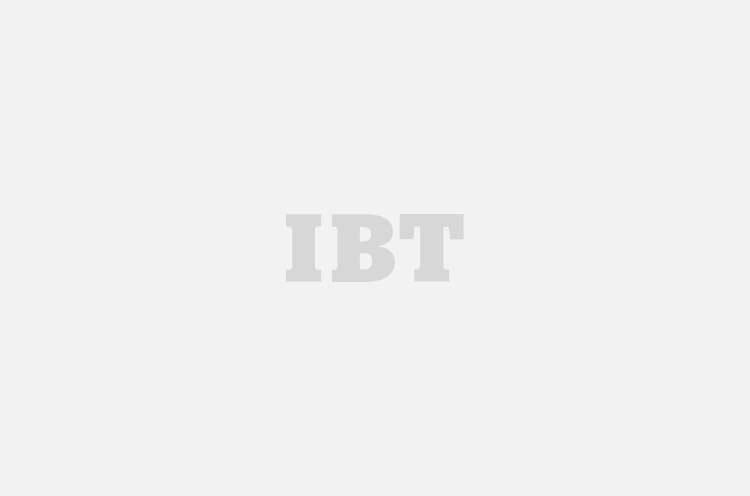
The world's cheapest tablet, Aakash, has just made its pilot entry in the United States with 100 units. The made-in-India gadget began creating a buzz in dozens of countries when it was showcased at a United Nations conference last year.
The pilot project in the state of North Carolina was funded by software entrepreneur Chris Evans.
"(The richer kids) were already using smartphones and tablets at school. I thought the Akash would be an affordable way to keep them in pace with their classmates and engaged with their studies," Evans told news agency IANS.
The $50 Aakash tablet was distributed among 100 children at summer camps in the state. Poorer school children, under the age of 10, were given the Android tablet to prepare early for next year's study, the agency reported.
It is ironical how the tablet, which was an initiative to transform education in India, was surrounded in constant controversies, one being that the internal part, like the motherboard of the tablet, was sourced from China and only the ensemble with programming was done in India.
The matter was later dismissed by Suneet Singh Tuli, CEO of Datawind Ltd, which designed and developed Aakash. "I wish those people who are unhappy with it can show me the 100 per cent Indian-made products they use," he had said.
During the first phase of deploying the tablet in India, in April 2013, the gadget was well received. Around 100,000 units were supplied. The government of India has planned to shell out the fourth-generation Aakash for all the 220 million students in the country in the next seven-eight years.
The roll-out in India will begin from next year onwards.
About 100,000 units were supplied in the first phase, ending in April 2013, mostly in the form of Aakash 2, a tablet well-received even by critics who had panned the first Aakash tablet.
Tuli told IANS that the tablet has been deployed in at least six African countries, Mexico and Afghanistan, through NGOs, government departments and UN agencies.
Tuli expects that once the company begins rolling out the tablet commercially, units exported to the US could easily cross the one million mark during the first year.








